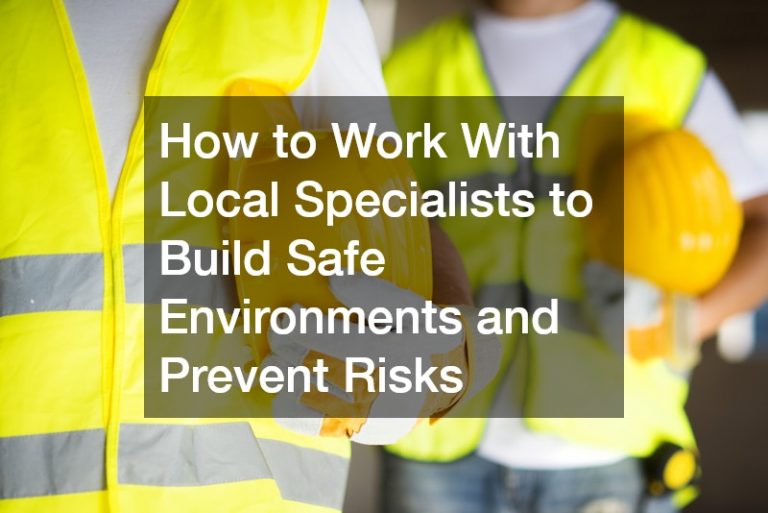In a local and international setting, pollution has always been a pressing issue. This is especially true for most developing and industrialised countries where most industrial complexes are situated in. In most cases, these industrial buildings will mass-produce products, and toxic materials being released as fumes will often be the byproduct of such businesses.
Historically, air pollution has been an age-old issue among factory workers. In fact, air pollution is not a new problem when it has been a pressing issue since the industrial age. The spike in manufacturing and automation in industrial production during the Industrial Revolution has seen the coal industry’s rise. However, this has also caused a thick smog to form in London, which has also caused several problems for thousands of workers and individuals. Even after World War 2, industrial air pollution was a problem in several American states. Approximately 20 individuals choked in Pennsylvania in 1948, with thousands of workers becoming sick from smog.
If this is the case, most industrial businesses have taken several measures to ensure that air pollution is kept at a minimum, especially those that might produce toxic fumes. More than 5,000 Australians have died, with air pollution being a major contributing factor each year in Australia.
This has also caused major postpartum complications among babies, 361 individuals getting type II diabetes, and 2614 years of life being lost in most people being exposed to air pollution from different industrial complexes.
But there’s one thing that air pollution is quite known for: causing cancer in individuals. It’s no surprise that air pollution is linked with lung cancer, particularly, but did you know that it can also result in cancer in other body systems? Here’s what you’ll need to know.
Air Pollution and Cancer
According to the American Lung Association, most individuals who live in areas with high particle pollution are at higher risk of contracting health complications. In most cases, individuals of all ages, including those to the ends of the spectrum, such as elderly individuals and children, have higher chances of contracting lung and cardiovascular diseases.
It’s also known that those with low incomes, especially those forced to work on physical tasks and labour, will need to force themselves to work in industrial environments.
If you’re living close to some of these industrial complexes, you don’t necessarily have to invest in heavy-duty air filters. Fortunately, compressed air filters are explicitly designed for industrial applications that can ensure that the working environment is clear from any form of contaminants. These filters are known for removing traces of toxic fumes in the atmosphere, including dust, dust, and moisture.
Another known factors that can increase the likelihood of lung cancer is the person’s genetics. Although genetics is already considered a risk factor, air pollution is a known catalyst that can increase such risks.
Several research institutes that are primarily researching cancer have theorised that people who have direct family members linked to lung cancer at quite a young age have a higher risk of getting lunch cancer. However, it is not clear on the tie-in between genetics and exposure to different industrial and residential toxic fumes.

Still, it’s important to note that lung cancer can still go unnoticed and undiagnosed until it has reached a more severe stage. Most symptoms typically are not known until its late diagnosis. Since there are fewer nerves in the lungs, it’s hard to sense pain or the growth of tumours in such areas.
Most studies would point out that air pollution is indeed one of the main causes of lung cancer among individuals. When it comes to air pollution, community effort is needed in all sectors to ensure that it’s kept at a minimum. There are several ways of helping the community. One of the best ways of helping such communities is by addressing workplace and community concerns.
Air pollution isn’t just limited to industrial fumes, with a good percentage of cancer being caused by second-hand smoking and smoking. Still, one of the best ways of improving our community’s overall air quality is by outright stopping smoking or smoking in designated areas.
It’s also important to urge local government offices to create rules and standards that can help regulate air pollution. There is no known cure for cancer, and lowering the risk of cancer means that we have to inform individuals of its repercussions. At this moment, it’s important to stay indoors and avoid going to polluted areas.
In a more industrial setting — your workforce is the beating heart of the business and should always be treated with care — investing in safety equipment can help ensure that workplace standards are met.











